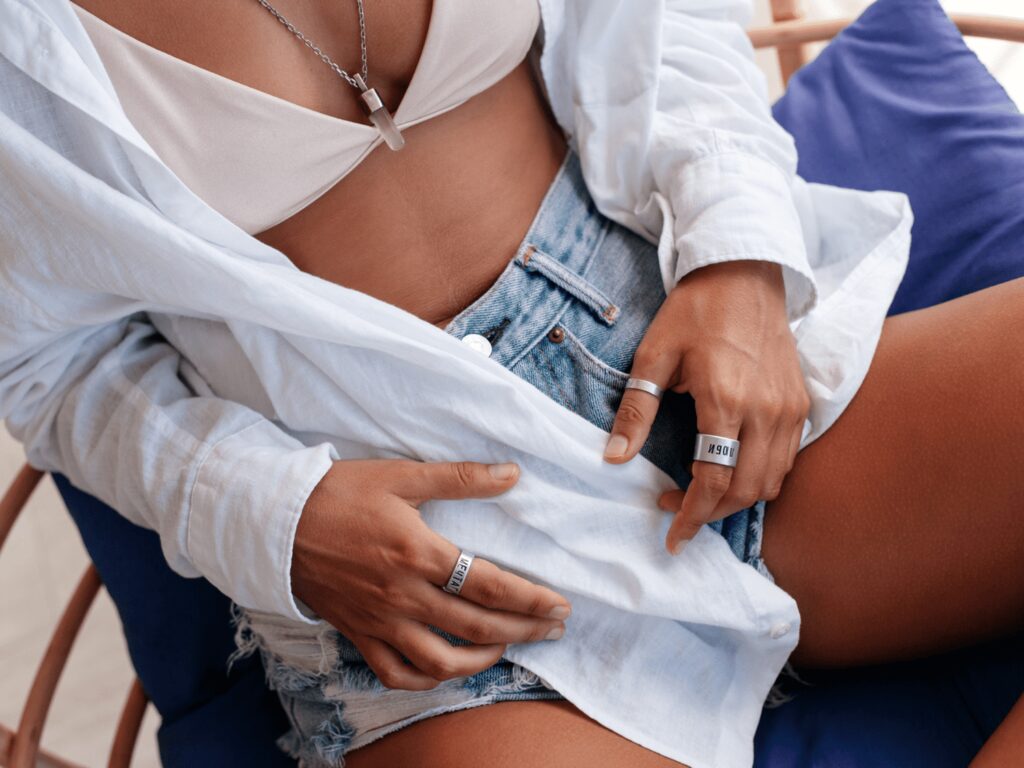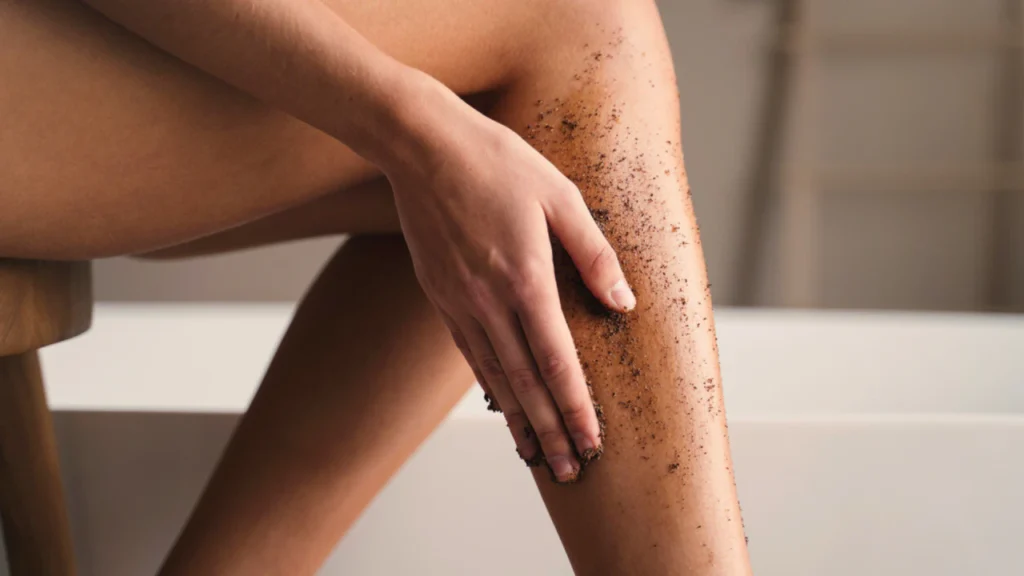
As summer approaches or you simply want that radiant glow all year round, self-tanning can be a convenient and safe alternative to harmful UV rays. However, achieving that flawless, bronzed look isn’t always straightforward.
Many people fall victim to common mistakes when it comes to self tan, resulting in streaks, uneven patches, or even an unnatural orange hue. But fear not! With the right techniques and precautions, you can steer clear of these pitfalls and attain a sun-kissed glow that rivals a day at the beach.
Table of Contents
Understanding Your Skin and Products

Source: byrdie.com
Before diving into the self-tanning process, it’s crucial to understand your skin type and choose the right products accordingly. Different formulations work best for various skin tones and textures. For instance, those with fair skin might opt for a lighter formula to avoid an overly dark result, while individuals with dry skin may benefit from a moisturizing self-tanner to prevent patchiness.
Patch Testing
One of the most overlooked steps in the self-tanning process is patch testing. This involves applying a small amount of the product to a discreet area of your skin to check for any adverse reactions or color mismatches. It’s a simple yet essential precaution that can save you from potential allergic reactions or unexpected color outcomes.
Exfoliation Is Key
Preparing your skin is paramount for a flawless self-tan. Begin by exfoliating your body from head to toe to remove dead skin cells and create a smooth canvas for the tanning product. Pay special attention to rough areas like elbows, knees, and ankles, as they tend to absorb more color and can result in darker patches if not properly exfoliated.
Moisturize Dry Areas
After exfoliation, hydrate any dry patches or areas prone to excessive absorption of the tanning product. Apply a lightweight moisturizer to elbows, knees, ankles, and wrists to create a barrier that prevents the self-tanner from clinging unevenly to these areas.
Invest in Quality Tools

Source: byrdie.com
The right tools can make all the difference in achieving a seamless tan. Opt for a high-quality tanning mitt or glove to ensure even application and avoid stained hands. Additionally, consider using a separate facial self-tanner and a smaller applicator brush for precise application around delicate areas like the eyebrows and hairline.
Take Your Time
Rome wasn’t built in a day, and neither is a perfect tan. Rushing through the application process is a recipe for disaster, leading to streaks, missed spots, and uneven color. Take your time to blend the product evenly, working in small sections to ensure thorough coverage without streaking.
Build Gradually
If you’re new to self-tanning or aiming for a subtle glow, it’s best to start with a lighter application and gradually build up the color over multiple sessions. This approach allows you to gauge how your skin reacts to the product and prevents you from going too dark too quickly.
Beware of Overlapping
Overlapping areas during application can result in dark patches or streaks, especially around joints and creases. To avoid this, use sparing amounts of product on these areas and blend carefully to ensure seamless transitions between adjacent sections.
Mind Your Clothing

Source: bodyandsoul.com.au
After applying the self-tanner, be mindful of your clothing choices to prevent staining. Opt for loose, dark-colored clothing that won’t rub against your skin and disrupt the tan during the development process. Avoid tight-fitting garments or light colors that may absorb the excess product and cause streaking.
Allow Ample Drying Time
Patience is key when it comes to self-tanning. Allow the product to dry completely before getting dressed or engaging in activities that may cause sweating. This typically takes anywhere from 10 to 30 minutes, depending on the formulation and your skin type. Rushing to get dressed too soon can smudge the tan and ruin your hard work.
Maintain Your Tan
Once you’ve achieved your desired tan, it’s essential to maintain it properly to prolong its longevity. Moisturize your skin regularly to prevent dryness and flaking, which can cause your tan to fade unevenly. Additionally, avoid prolonged exposure to water, as swimming and excessive sweating can accelerate the fading process.
Conclusion
Self-tanning doesn’t have to be a daunting task fraught with mistakes and mishaps. By following these tips and techniques, you can sidestep common pitfalls and achieve a flawless, sun-kissed glow that rivals the real thing. Remember to choose the right products for your skin type, prep your skin diligently, and take your time during application for the best results. With a little practice and patience, you’ll be rocking a radiant tan that turns heads wherever you go. Happy tanning!







